Why Knowing Theatre Sound Design Can Improve Your Film
Looking to learn more about sound design? Not sure where to start with sound design? Looking to hire a sound designer?
Or do you want to know how to have the best film sound design? You can look to theatre sound design for your answers.
While sound design for theatre is a bit different than sound design for film, the skills you learn in a theatre environment can inform your ability to become a sound designer for film.
If you need funding to hire an experienced sound designer, or you want to learn yourself on a real set, you can enter our funding opportunities for a chance to receive up to $10,000 and other prizes to produce your film.
Important Differences
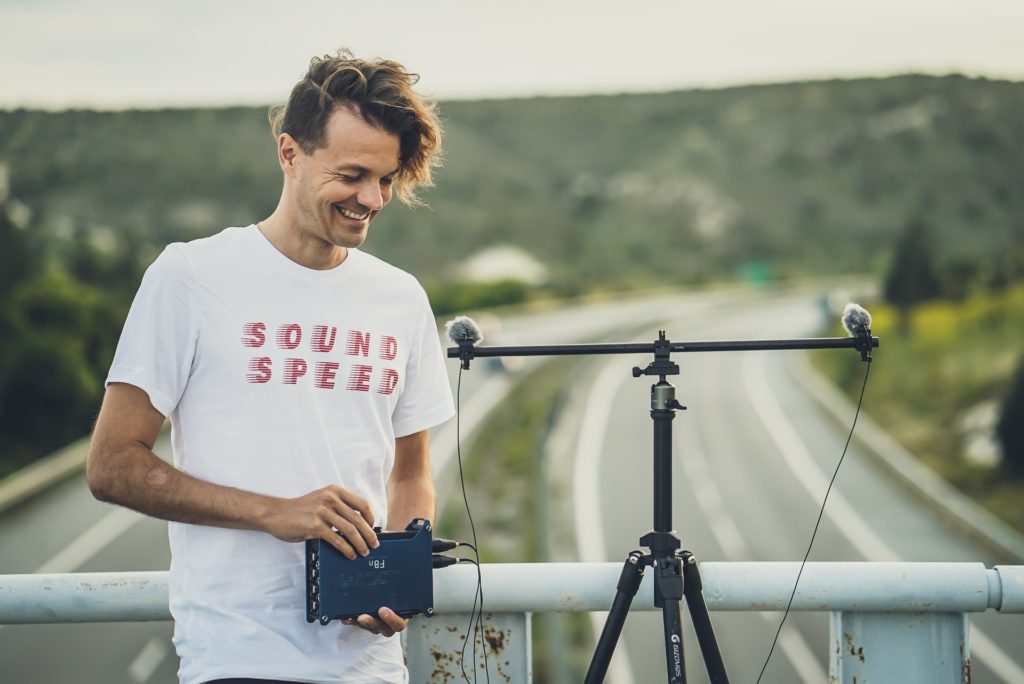
Some of the differences between the two are, for one, that theatre represents a live medium, so sound design in theatre will often involve a lot of planning for the production itself (a process of grueling rehearsals that they call “tech”). There is no post-production process: you need to get it right the first time.
This means planning ahead and researching sound effects, adding what are called “cues” for sound effects and mic changes that occur in-line with the play, coordinating these cues with your crew as well as in sound design software like Qlab, and more.
Being well-versed in sound design and production for theatre will sharpen your skills, heighten your attention to detail, and provide a wealth of sound knowledge upon which you can draw.
Mic Placement and Blocking
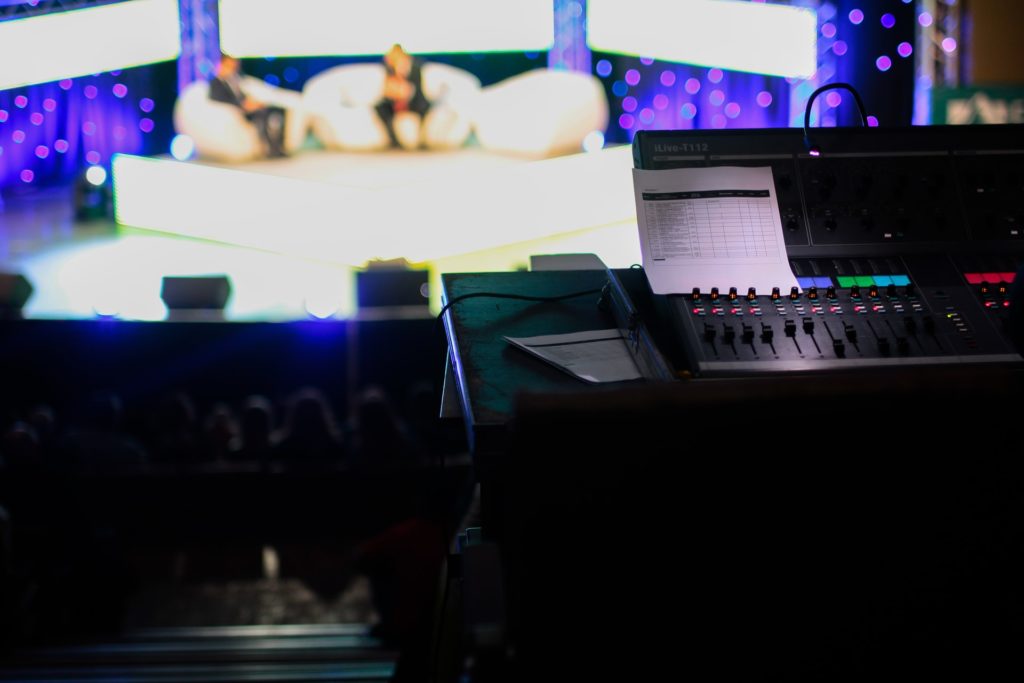
When doing theatrical sound, you need to know where to place mics, and you need to know what kinds of mics work best for certain situations.
You’ll have to ask yourself questions such as “will every character need a lav, or can I use the overhead mics for the chorus?” These questions can translate directly to the sound design basics for film.
A lav, short for lavalier, is a small mic used in both theatre and film in order to free up the speaker’s hands. They are most commonly provided with small clips for attaching to collars, ties, or other clothing. The cord may be hidden by clothes and either run to a radio frequency transmitter kept in a pocket or clipped to a belt, or routed directly to the mixer or a recording device.
An overhead mic in theatre would directly translate to a boom mic in film production, even though a boom mic is more directional. A boom mic has a polar pattern and is positioned at the end of a boom pole.
These mics are staples in film and video. They are highly directional (meaning they only pick up sound from the direction at which they’re pointed, and they reject off-axis sounds). Boom mics are often held by an operator, making them movable during a performance.
While doing theatre tech, another important question to ask is “are there any practical sound effects you’ll need to pick up with a floor or area mic?”
This sort of question in theatre would apply to sound design and foley in film. Recording practical sounds while shooting can be hard to do, but one of the differences is that film has the post-production process that allows you to create soundscapes from scratch to mimic the world shown on screen.
Knowing the answers to these kinds of questions in theatre will allow you to get creative with your sound design and recording for film.
Coordinating with Your Team
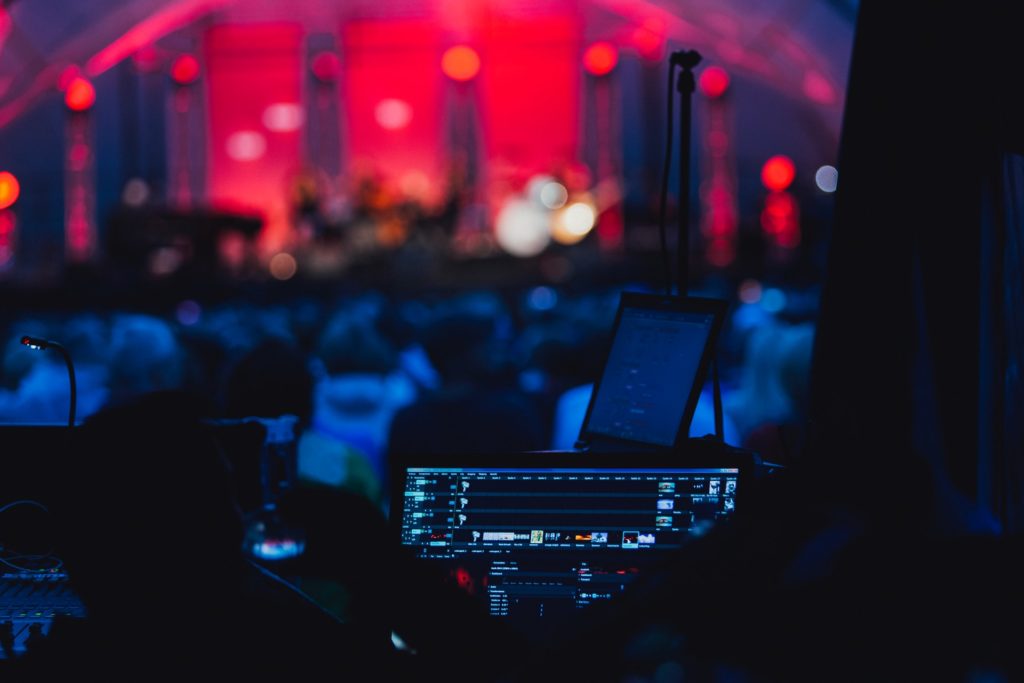
In theatre, while you’re operating ‘the board’ (the mixing panel), a fellow crew member will be reading “cues” to you from the written play itself (the script). You’ll have written these cues in the margins of the play, and they’ll read like…
DOORBELL WARNING… DOORBELL ON… MIC 6 WARNING… MIC 6 ON
in the margins alongside the script. This will make you know the story inside and out, and you’ll be incredibly ready by the time production is ready and the play debuts. You’ll develop a rhythm with the cue reader.
Going through a film script and adding theatre cues will help immensely when sound designing for film. Since not every foley sound will be explicitly mentioned by the screenwriter (such as footsteps), including these yourself can prove helpful and help you hear the story in a new way.
By planning out sounds in this way, it’s almost like creating a sound design tutorial for yourself when you get into the post-production process. This can also be great for sound design beginners who are still getting the hang of creating sound designs that sound three dimensional.
Learning New Software
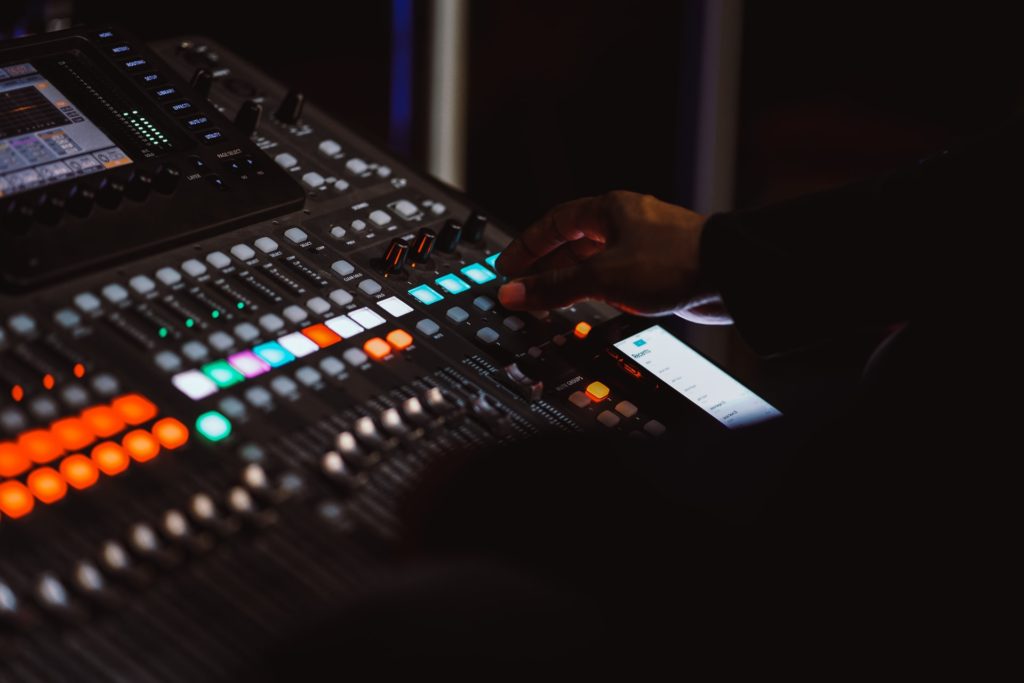
Qlab is the premiere software for theatre sound design. And even if you don’t use this software to sound design and mix your film projects, learning software can always be a great way to learn.
In Qlab, there’s always new software and sound plugins you can use for film, so familiarizing yourself with any kind of sound software will be helpful to add to your skillset. Even if you never use Qlab in film, going through the process of learning a piece of software will help you learn software in the future that may be more film-related, such as Pro Tools.
If you’re a hands-on learner, software like Qlab can be just as valuable as a sound design degree from a sound design school. And if you’re wondering where to study sound design, the answer doesn’t have to be only at an institution. Hands-on experience and skills are just as valuable for learning, and knowledge of theatre sound design can be equally as valuable.
If you are looking for some sound design books to supplement your practical learning, Ric Viers’s ‘ The Location Sound Bible and Theatre Sound by John A. Leonard are both great resources.
Sound Technology
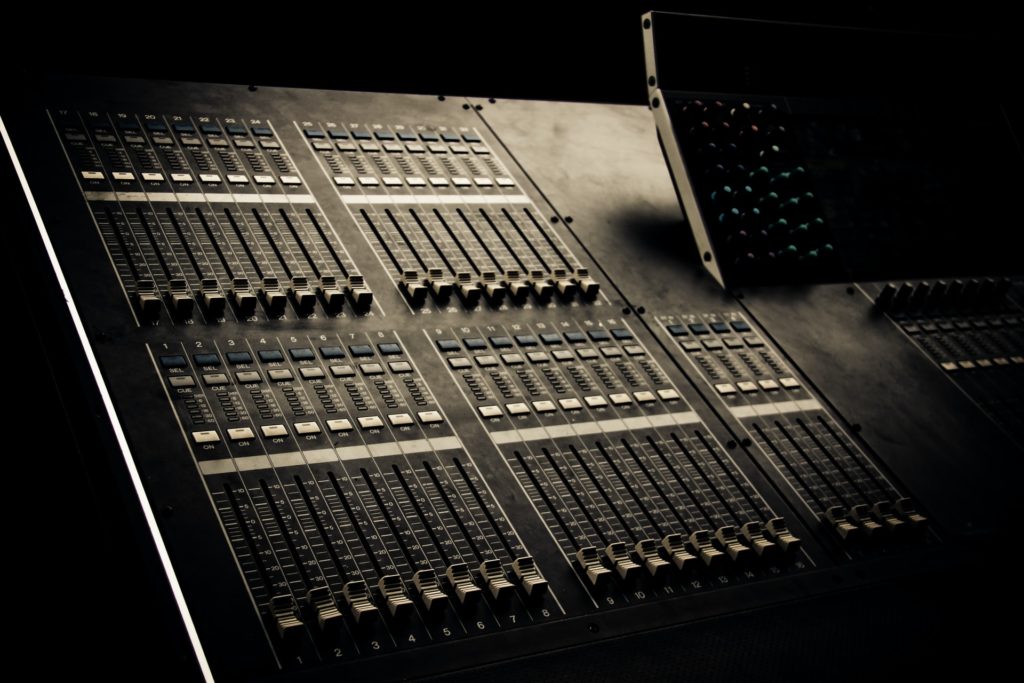
By doing theatre tech and sound design, you’ll become intimately familiar with different types of microphones, cables, receivers, mixing equipment, speakers, and more. We discussed some of the various mics earlier, and furthering your knowledge of this sound design technology will help you along your filmmaking career.
You’ll need to know how to properly record and broadcast sound to tell a compelling story—something absolutely crucial when sound designing the final mix of a film. Even if you’re not doing the recording or sound designing yourself, it will help you communicate with your crew.
If you learn about theatre sound design by working on musicals, the knowledge you have of musical arrangements can help you understand how film music should work effectively. Film music history has its roots in musical theatre, so knowledge of sound design for theatre can be invaluable.
While theatre and film sound design do have their differences, having skills grounded in theatre can help inform and improve your film sound design.
If you need funding to improve the sound design of your film and take it to the next level, check out our funding opportunities where you could receive up to $10,000 and other prizes like Adobe Audition software to produce your film.